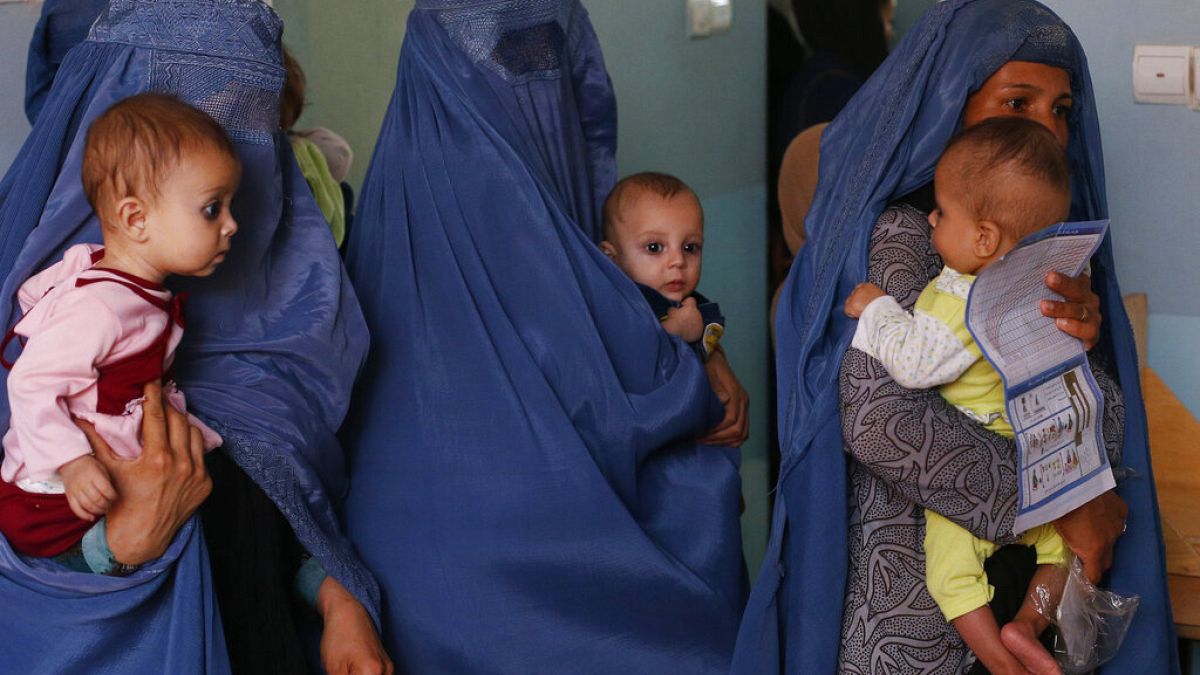The problem has been exacerbated by the coronavirus pandemic, according to Save The Children.
Around 11 million children under five from some of the world's most vulnerable communities are on the brink of starvation, according to a new report.
The problem has been exacerbated by the coronavirus pandemic, it says, which could tip an already critical situation over the edge.
A Save the Children analysis reveals that youngsters in eleven countries in Africa, the Caribbean, Middle East, and Asia are facing extreme hunger or starvation, with the potential risk of famine in Yemen and South Sudan.
The aid agency is particularly concerned for children in five "hunger hotspots" where the food crisis is extremely serious, made worse by insecurity: Afghanistan, Yemen, South Sudan, Democratic Republic of Congo and the Central Sahel (Mali, Niger & Burkina Faso).
It says COVID-19, conflict, and climate change could tip millions of families over the edge and is calling for an urgent and large-scale global response to help avert a humanitarian catastrophe.
“Ending global hunger and malnutrition will not be easy. The international community must address the root causes of food shortages and malnutrition while at the same time providing immediate support to hungry and undernourished children," said Save the Children CEO Inger Ashing.
But with their own economies being crippled due to the pandemic, how many countries are going to be able to justify spending so much on international aid?
Britain's finance minister has already confirmed that the UK is to cut its overseas aid budget, despite warnings from charities and politicians that the move will cost tens of thousands of lives.
"It's understandable to a point," Bhanu Bhatnagar, spokesman for Save the Children, told Euronews.
"But you need to view COVID-19 and the aid budget broadly in that we are only safe if everyone else is safe. It's no good fighting coronavirus just within your own country or own locality."
"When we live in a globalised world and when we know people move cross borders and we want the economy to recover we are going to have to address this as a global problem and as a global human family.
"Also I think it falls to rich countries to take their fair share of helping the world's poorest and ensuring they are not dying of preventable causes. It's not about doing more aid - it's about doing better aid."
Save the Children calculated the 11 million figure across eleven of the worst-affected countries using data from the World Food Programme and the Integrated Phase Classification / Cadre Harmonisé – a famine early-warning system.
Then, using UN population data, the agency extrapolated the estimated number of children under five considered at risk.
The choice of age is because the first five years of a child’s life are critical.
Without enough nutritious food to eat or the ability to absorb the right nutrients, children under five are at high risk of acute malnutrition which in turn can cause stunting, impede mental and physical development, increase the risk of developing other illnesses and ultimately cause death.
